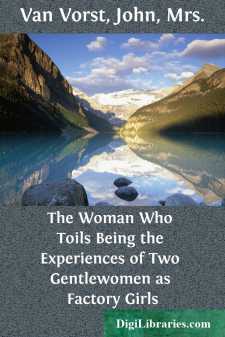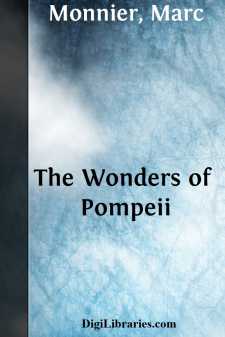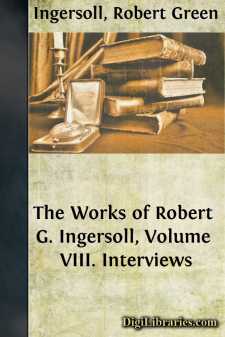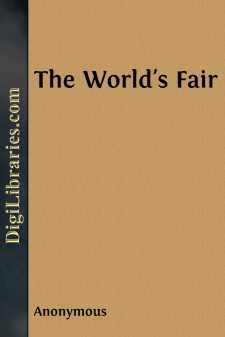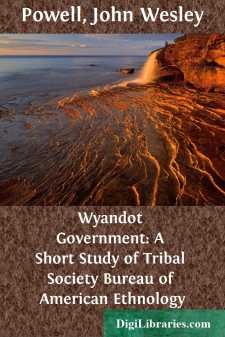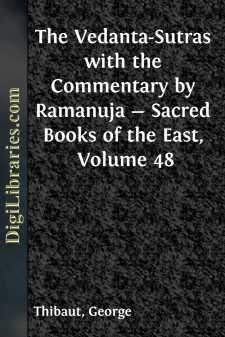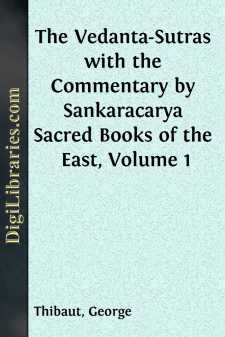Non-Classifiable
- Non-Classifiable 1768
Non-Classifiable Books
Sort by:
by:
John Van Vorst
CHAPTER IINTRODUCTORY Any journey into the world, any research in literature, any study of society, demonstrates the existence of two distinct classes designated as the rich and the poor, the fortunate and the unfortunate, the upper and the lower, the educated and the uneducated—and a further variety of opposing epithets. Few of us who belong to the former category have come into more than brief...
more...
by:
Marc Monnier
I. THE EXHUMED CITY. The Antique Landscape—The History of Pompeii Before and After its Destruction.—How it was Buried and Exhumed.—Winkelmann as a Prophet.—The Excavations in the Reign of Charles III., of Murat, and of Ferdinand.—The Excavations as they now are.—Signor Fiorelli.—Appearance of the Ruins.—What is and What is not Found There. A railroad runs from Naples to Pompeii. Are you...
more...
Page ix INTRODUCTION THE ABC OF IRON AND STEEL In spite of all that has been written about iron and steel there are many hazy notions in the minds of many mechanics regarding them. It is not always clear as to just what makes the difference between iron and steel. We know that high-carbon steel makes a better cutting tool than low-carbon steel. And yet carbon alone does not make all the difference...
more...
THE BIBLE AND A FUTURE LIFE Question. Colonel, are your views of religion based upon the Bible? Answer. I regard the Bible, especially the Old Testament, the same as I do most other ancient books, in which there is some truth, a great deal of error, considerable barbarism and a most plentiful lack of good sense. Question. Have you found any other work, sacred or profane, which you regard as more...
more...
by:
Various
THE ORATORY OF ANGLO-SAXON COUNTRIES By Edward A. Allen, Professor of Anglo-Saxon and English Literature in the University of Missouri English-speaking people have always been the freest people, the greatest lovers of liberty, the world has ever seen. Long before English history properly begins, the pen of Tacitus reveals to us our forefathers in their old home-land in North Germany beating back the...
more...
by:
Anonymous
THE WORLD'S FAIR; OR, CHILDREN'S PRIZE GIFT BOOK OF THE What a pretty picture we have in the first title page, of the Great Exhibition in Hyde Park! This gigantic structure is built of iron, glass, and wood; but as, at a distance, it seems to be made entirely of glass, it is called the "Crystal Palace." Does it not look like one of those magnificent palaces we read about in fairy...
more...
CHAPTER I WHAT IS A PHOTOPLAY? As its title indicates, this book aims to teach the theory and practice of photoplay construction. This we shall attempt by first pointing out its component parts, and then showing how these parts are both constructed and assembled so as to form a strong, well-built, attractive and salable manuscript. The Photoplay Defined and Differentiated A photoplay is a story told...
more...
In the social organization of the Wyandots four groups are recognized—the family, the gens, the phratry, and the tribe. THE FAMILY. The family, as the term is here used, is nearly synonymous with the household. It is composed of the persons who occupy one lodge, or, in their permanent wigwams, one section of a communal dwelling. These permanent dwellings are constructed in an oblong form, of poles...
more...
by:
George Thibaut
INTRODUCTION. In the Introduction to the first volume of the translation of the 'Vedânta-Sûtras with Sankara's Commentary' (vol. xxxiv of this Series) I have dwelt at some length on the interest which Râmânuja's Commentary may claim—as being, on the one hand, the fullest exposition of what may be called the Theistic Vedânta, and as supplying us, on the other, with means of...
more...
by:
George Thibaut
INTRODUCTION. To the sacred literature of the Brahmans, in the strict sense of the term, i.e. to the Veda, there belongs a certain number of complementary works without whose assistance the student is, according to Hindu notions, unable to do more than commit the sacred texts to memory. In the first place all Vedic texts must, in order to be understood, be read together with running commentaries such...
more...


